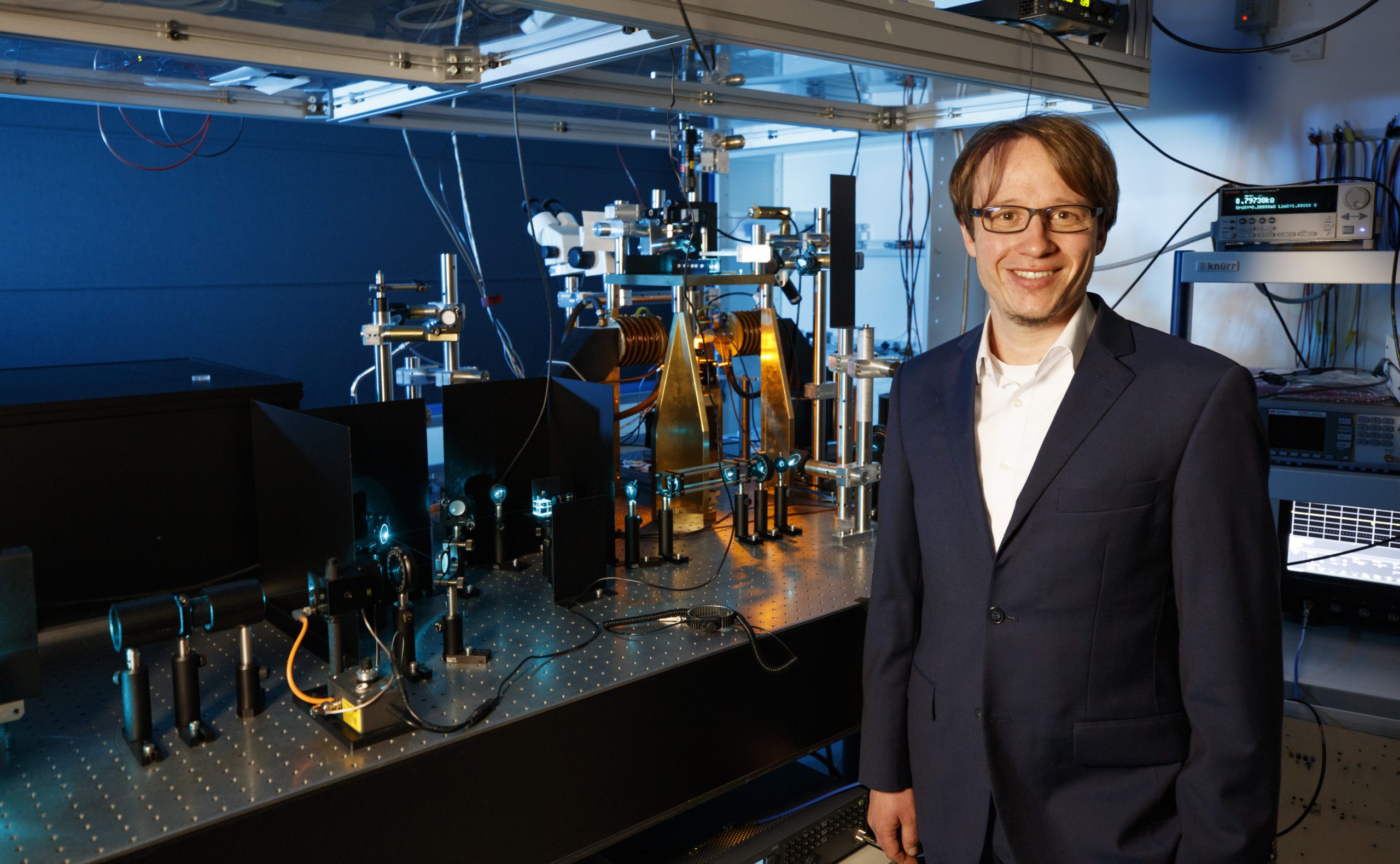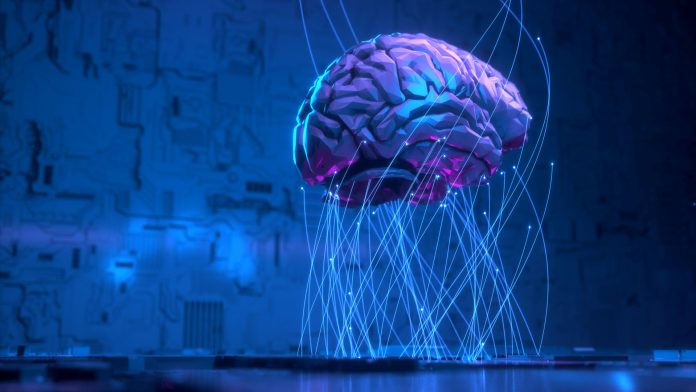A research team from the Technical University of Kaiserslautern has received a grant to build an artificial brain that will revolutionise neuromorphic computer technology.
Junior Professor, Dr Phillipp Pirro from the Technical University of Kaiserslautern (TUK), has been awarded a €1.5m ERC Starting Grant by the European Research Council (ERC) for the next five years, to develop neuromorphic computer technology.
What is neuromorphic technology?
Neuromorphic computer technology is essentially a method of computer engineering where the elements of a computer are modelled after systems in the human brain and nervous system.
The brain has approximately 100 billion nerve cells, known as neurons, which are closely interconnected by synapses, and processes sensory impressions in fractions of a second. Researchers are using the brain as a model for neuromorphic computer technology.
What potential issues will researchers face in developing this technology?
The complex connections required for this neuromorphic computer technology are limited by existing hardware. This new project intends to change this, with this aim in mind: information is to be transmitted with the help of magnons, the quantum particles of spin waves.
Information in the brain is typically transmitted between neurons via synapses, which is extremely complex. Researchers have taken the brain as a model to construct particularly effective computers, known as neuromorphic computer technology. The artificial neurons are highly interconnected via artificial synapses.
With the help of such computers, data processing should be significantly accelerated in the future, which is important. For example, this could be applied to autonomous driving or the recognition of patterns in complex databases.
For this system to run smoothly, the technical design of the synaptic connections is crucial. “They are very complex, so it is difficult to realise them with conventional electronic circuits,” explained Dr Philipp Pirro, Junior Professor who conducts research in the field of magnetism at TUK.

Credit: TUK/View.
How will scientists overcome this problem?
To overcome this issue, the research team are relying on spin waves, which are the collective excitations of spins in a magnetic material. Spin is the intrinsic angular momentum of a quantum particle, such as an electron or proton. It thus lays the foundation for magnetic phenomena.
Scientists have noticed that utilising spin waves is interesting for application in neuromorphic computer technology, because their quantum particles, and the magnons, can transport more information than electrons while consuming significantly less energy.
In the ERC-funded project named: ‘Coherent Spintronic Networks for Neuromorphic Computing,’ (CoSpiN), spin waves will be used to enable linking and information transfer.
“The principle is similar to broadband communication, where information is transported via light waves. We want to work with spin waves that can transport information at different frequencies,” Pirro added. “They act as synapses.” Nano-oscillators will serve as artificial neurons. These are tiny oscillation generators that emit spin waves.
Scientists intend to develop physical building blocks for a novel spintronic network on the nanoscale. “In this way, we want to lay the foundation for an artificial brain that is as close as possible to the natural model,” concluded Pirro. In the future, such technology could be used to realise faster and more powerful computers, for example.
The work of developing neuromorphic computer technology will take place in the new research building Laboratory for Advanced Spin Engineering (LASE) on the TUK campus. Pirro’s research is integrated into the Optics and Materials Science (OPTIMAS) profile area funded by the state and the Collaborative Research Center (SFB/TRR 173) ‘Spin+X – Spin in its collective environment,’ which is funded by the German Research Foundation.
To keep up to date with our content, subscribe for updates on our digital publication and newsletter.









